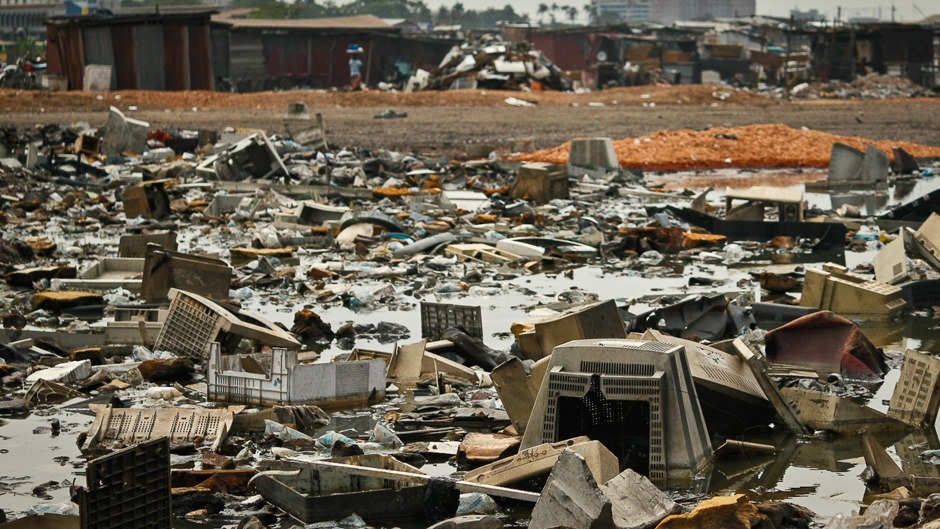E-waste, or electronic waste, refers to discarded electronic devices and appliances that are no longer usable. It includes items such as old computers, TVs, cell phones, and other electronic devices that have reached the end of their useful life. While e-waste can be a valuable source of raw materials for recycling, it can also be a source of toxic chemicals that can harm the environment and human health.
One of the main concerns with e-waste is the presence of hazardous materials, such as lead, mercury, and cadmium. These chemicals can leach into the soil and water supply, causing serious health problems for people and wildlife. Lead, for example, is a neurotoxin that can damage the brain and nervous system, and it is especially harmful to young children and pregnant women. Mercury is a toxic chemical that can damage the brain and nervous system, and it is harmful to both humans and wildlife. Cadmium is a toxic metal that can cause kidney damage and other health problems.
The improper handling and disposal of e-waste, especially in developing countries with less stringent regulations, exacerbate the problem. Much of the e-waste ends up in landfills or is burned, releasing toxic chemicals into the environment. This practice poses a significant threat to local communities and ecosystems.
To combat the e-waste problem, it is crucial to dispose of old electronic devices and appliances responsibly. Many communities have established e-waste recycling programs, providing designated drop-off points for proper disposal. By participating in these programs, you can ensure your e-waste is recycled in an environmentally friendly manner.
SBK Recycle is here to help you make a difference. Our comprehensive electronic recycling services ensure the safe and responsible disposal of your old devices. We adhere to strict environmental and health regulations, allowing you to have peace of mind knowing that your e-waste is handled properly.
In addition to these toxic chemicals, e-waste also contains other hazardous materials, such as beryllium, chromium, and flame retardants. Beryllium is a toxic metal that can cause respiratory problems and cancer, while chromium is a carcinogen that can cause lung cancer. Flame retardants are chemicals that are used to prevent fires, but they can also be harmful to human health and the environment.
The problem of e-waste is compounded by the fact that much of it ends up in developing countries, where it is often not properly disposed of or recycled. Instead, it is often dumped in landfills or burned, releasing these toxic chemicals into the environment. This is a major concern, as these countries often have less stringent regulations and oversight when it comes to the handling and disposal of hazardous waste.
To address the problem of e-waste, it is important to properly dispose of old electronic devices and appliances. Many communities have e-waste recycling programs in place, which allow people to drop off their old electronics for proper disposal. It is also important to support companies that have responsible recycling practices and to buy products that are designed to be easily recycled at the end of their useful life. By taking these steps, we can help to reduce the toxic chemicals in e-waste and protect the environment and human health.
Looking to throw an unforgettable event? Top-notch party hire services have got you covered! From trendy decor and stylish furniture to cutting-edge audiovisual equipment, we provide everything you need to turn your gathering into a sensational celebration. Leave the logistics to us and enjoy a stress-free party planning experience!
SBK Recycle is your one-stop solution for electronic recycling. Safely dispose of your old devices while protecting the environment. Stay informed and inspired with our electronics recycling blog, offering expert tips, industry insights, and sustainable practices. Join us in preserving the planet for future generations.

